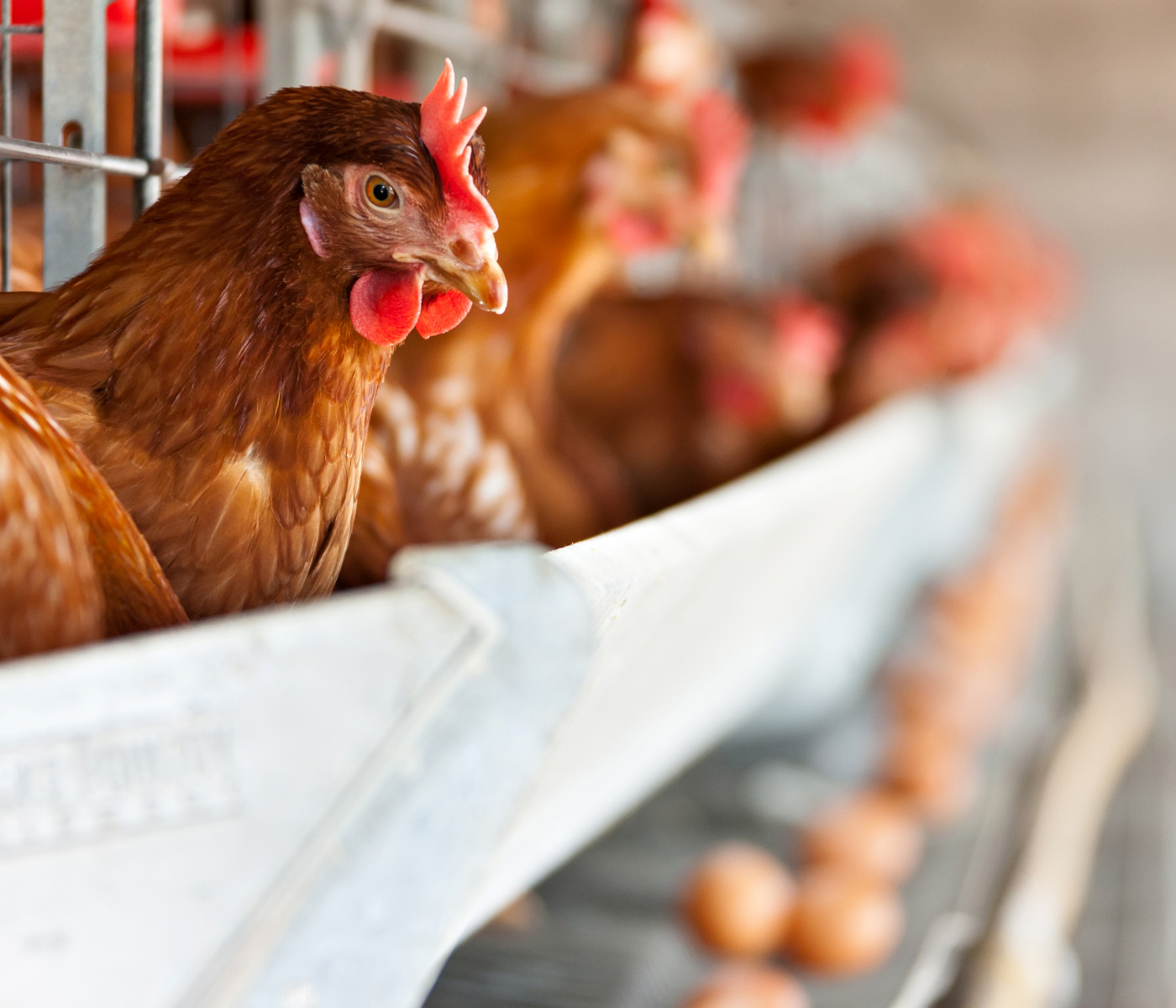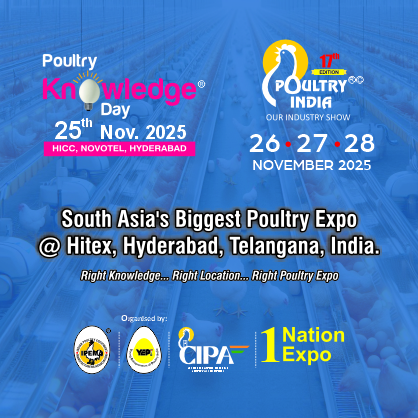Content available at: العربية (Arabic)
Modern layers are highly productive birds. Nowadays it is not uncommon for flocks to reach 100 weeks of age and still being productive. This demands a specific feeding regime to keep these layers healthy and enable them to lay good quality eggs.

- Production cycles have increased all the way up to even 100 weeks of age.
- Combined with increases in the peak of egg production and improved livability, this has resulted in higher number of eggs per hen housed.
- The birds have also become more efficient, which resulted in more than 10% decrease in the feed consumed per egg produced.
This massive improvement is only possible if the environment of the laying hens is optimal, as the final performance is an interaction between the birds genetics and their environment. Genetic progress and longer production cycles have direct consequences for nutrition. In order to get the full genetic potential out of a flock, it is important to supply the right daily nutrients at the right time.

Figure 1. Improvement in the egg production and production length
When laying hens are kept in production for 100 weeks instead of 60 or 80 weeks, the eggs output and their associated export of nutrients, like calcium, are much higher. As egg mass increases, the birds’ yolk and eggshell formation increase.

This paper looks at the factors that should be taken into account when designing a feeding strategy to achieve the full genetic potential out of your birds.





Besides, as birds come into production in this period, nutrients are required for egg production as well.
Depending on the quality of rearing and the training of the feed intake capacity, feed intake is often limited between 18 and 25 weeks of age and might not cover the total nutritional requirement at that stage.
>>If this happens, hens will start to lose body weight and they will compensate for the negative balance by lowering their production performance during the entire production cycle.
>>For example, they will lower their
Keep up to date with our newsletters
Receive the magazine for free in digital version
REGISTRATION
ACCESS
YOUR ACCOUNT
LOGIN
Lost your password?











